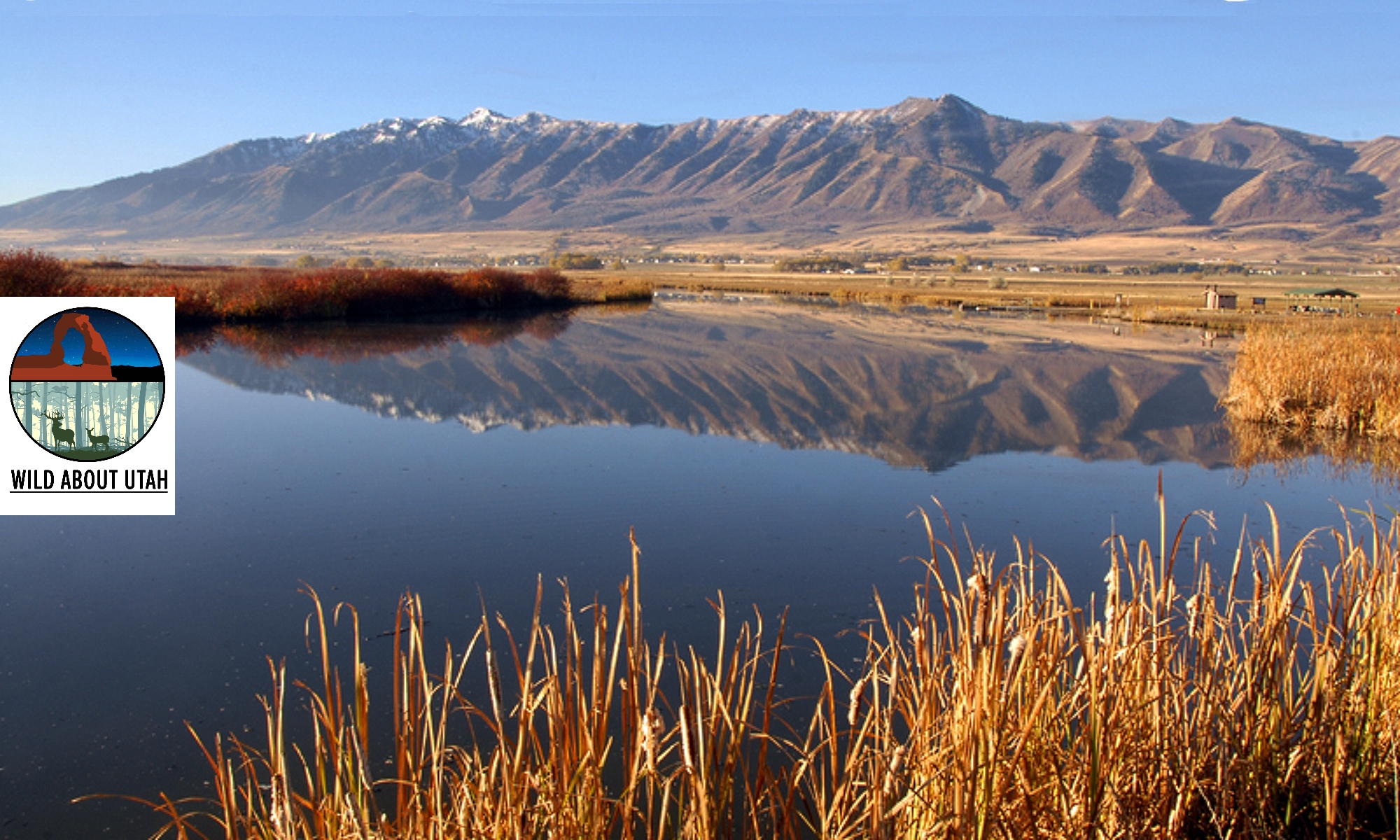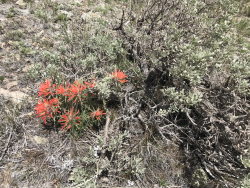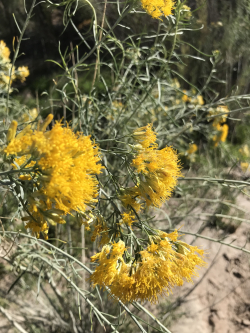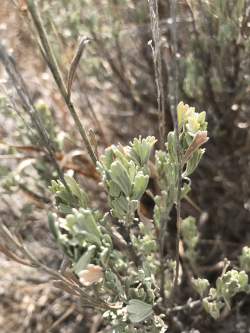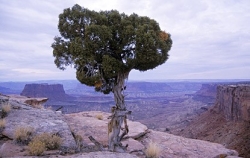
Courtesy US National Parks Service,
Austin Tumas, Photographer
handing them off to grandma while I retreat to surrounding pinyon-juniper forests, affectionally titled PJ forests.
Bird calls instantly transform my thoughts to these pygmy forest’s abundant offerings- muffled laughing calls of pinyon jays, twittering of juniper titmice, raucous scrub jays. Drawn by
swooping ravens, I approach a juniper overlooking the canyon below. Thirty feet away, an immature golden eagle sits on a Juniper branch expressing its displeasure by twisting a gold-
mantled head to face the marauders with fierce eyes.
Further up the trail, five mule deer dart though the shadows. A black tailed jackrabbit bolting from its sage hideout startles me. Wishing for binoculars, a flock of sparrow-sized birds fly
across. I attempt to imagine them as juncos, without success. Tomorrow I will return with optics in hand to solve the mystery.
Pinyon Juniper are the dominant forest type in Utah. Much like the sage Steppe biotic community, at first glance one is deluded by the apparent lifeless monotony of this landscape.
To the contrary, both have a high biodiversity. These forests have around 450 species of vascular plants living alongside pinyon pines and junipers. Additionally, over 150 vertebrate
species of animals including elk, mule deer, and bear call pinyon-juniper forests home either seasonally or throughout the year.
Junipers are a birders paradise. The trees offer sites for perching, singing, nesting, and drumming. They also yield plentiful berries (actually spherical cones) and house a high insect
diversity for birds to consume. Mammals also eat the berries while seeking shelter in hollow juniper trunks, taking advantage of the trees’ shade in hot temperatures and the trees’ thermal
cover in the cold. Pinyon pines offer similar benefits to forest-dwellers. Pinyon mice, Abert’s squirrels, cliff chipmunks, Uinta chipmunks, wood rats, desert bighorn sheep, and black bears
all eat pinyon pine nuts.
For millennia, our own species have been dependent on the pinyon pine for their variable bounty of highly nourishing pine nuts. A staple of the Paiute, Goshute, Ute, and Shoshone, their
lives revolved around the fall harvest with elaborate ceremonies to pay homage for their life sustaining food value. It continues to the present, and we Euromericans have joined them in fall
harvest here in the Intermountain west, including my children and grandchildren.
Like the sage steppe, the pinyon juniper forest has been misunderstood, and under-appreciated for its critical role in the lives of so many species that would not exist without it, nor would
atmospheric carbon be stored in their fiber and their soils. Chaining and other “treatments” are highly controversial given the aesthetic impact of once vibrant forest replaced with piles of
uprooted trees and torn soils. Compounding this, recent decades have witnessed more severe drought and heat events making them vulnerable to insect and disease attacks, and catastrophic fire. We must practice utmost care in how we manage this priceless resource.
Jack Greene for Bridgerland Audubon Society, loving wild Utah and its PJ forests
This is Jack Greene for Bridgerland Audubon Society, loving wild Utah and its PJ forests!
Credits:
Pictures: Courtesy US National Parks Service, Austin Tumas, Photographer
Audio: Courtesy & Copyright Kevin Colver, https://wildstore.wildsanctuary.com/collections/special-collections as well as J. Chase and K.W. Baldwin, https://upr.org/
Text: Jack Greene, Bridgerland Audubon, https://bridgerlandaudubon.org/
Additional Reading: Lyle W Bingham, Webmaster, and Jack Greene, Author, Bridgerland Audubon, https://bridgerlandaudubon.org/
Additional Reading:
Jack Greene’s Postings on Wild About Utah, https://wildaboututah.org/author/jack/
Pinyon-Juniper Woodlands – Introduction & Distribution, National Park Service, US Department of the Interior, https://www.nps.gov/articles/pinyon-juniper-woodlands-distribution.htm
Pinyon-Juniper Woodlands – Species Composition and Classification, National Park Service, US Department of the Interior, https://www.nps.gov/articles/pinyon-juniper-woodlands-species-composition-classification.htm
Tausch, R.J., Miller, R.F., Roundy, B.A., and Chambers, J.C., 2009, Piñon and juniper field guide: Asking the right questions to select appropriate management actions: U.S. Geological Survey Circular 1335, 96 p., https://pubs.usgs.gov/circ/1335/circ1335.pdf
Plants, Natural Bridges National Monument, National Park Service, US Department of the Interior, https://www.nps.gov/nabr/learn/nature/plants.htm
Noah’s Ark Trail, Dixie National Forest, USDA Forest Service, https://www.fs.usda.gov/recarea/dixie/recarea/?recid=24930
